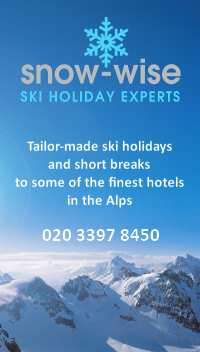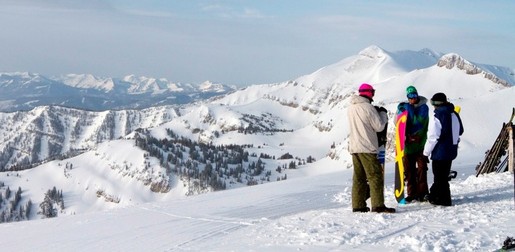Snow reliability - North American Ski Resorts A-Z
This is our comprehensive guide to snow reliability in North American ski resorts.
We've given each resort ratings for the 5 key elements contributing to its overall snow reliability:
1. General snow cover
The chances of decent snow cover across the ski area as a whole - both on and off-piste.
2. Snow quality (upper slopes)
Average snow quality on the upper slopes.
Note: Snow doesn't necessarily need to be deep to be of good quality. More
3. Snow quality (lower slopes)
Average snow quality on the lower slopes.
4. Resort level snow
Snow cover and quality at resort level.
5. Powder potential
The chances of finding powder off-piste.
Note: This takes into account average snowfall and the potential to retain snow in a powdery state. It doesn't necessarily reflect how quickly it might get tracked out.
REMEMBER! - Our snow reliability guides are just that – guides, not guarantees!
Don’t assume that a resort with a good snow record will always deliver or that one with a poor record won’t. Even Snowbird and Alta have had “iffy” seasons, though this doesn’t happen often of course and, by most European standards, they would probably still be considered as good.
What this A-Z is designed to do is help you make a more informed choice when it comes to considering snow reliability.
Arapahoe Basin (Colorado), USA
Big White (British Columbia), Canada
Copper Mountain (Colorado), USA
Crystal Mountain (Washington), USA
Fernie (British Columbia), Canada
Kicking Horse (British Columbia), Canada
Mount Hood Meadows (Oregon), USA
Palisades Tahoe (California), USA
Panorama (British Columbia), Canada
Revelstoke (British Columbia), Canada
Silver Star (British Columbia), Canada
Stevens Pass (Washington), USA
Whistler (British Columbia), Canada



